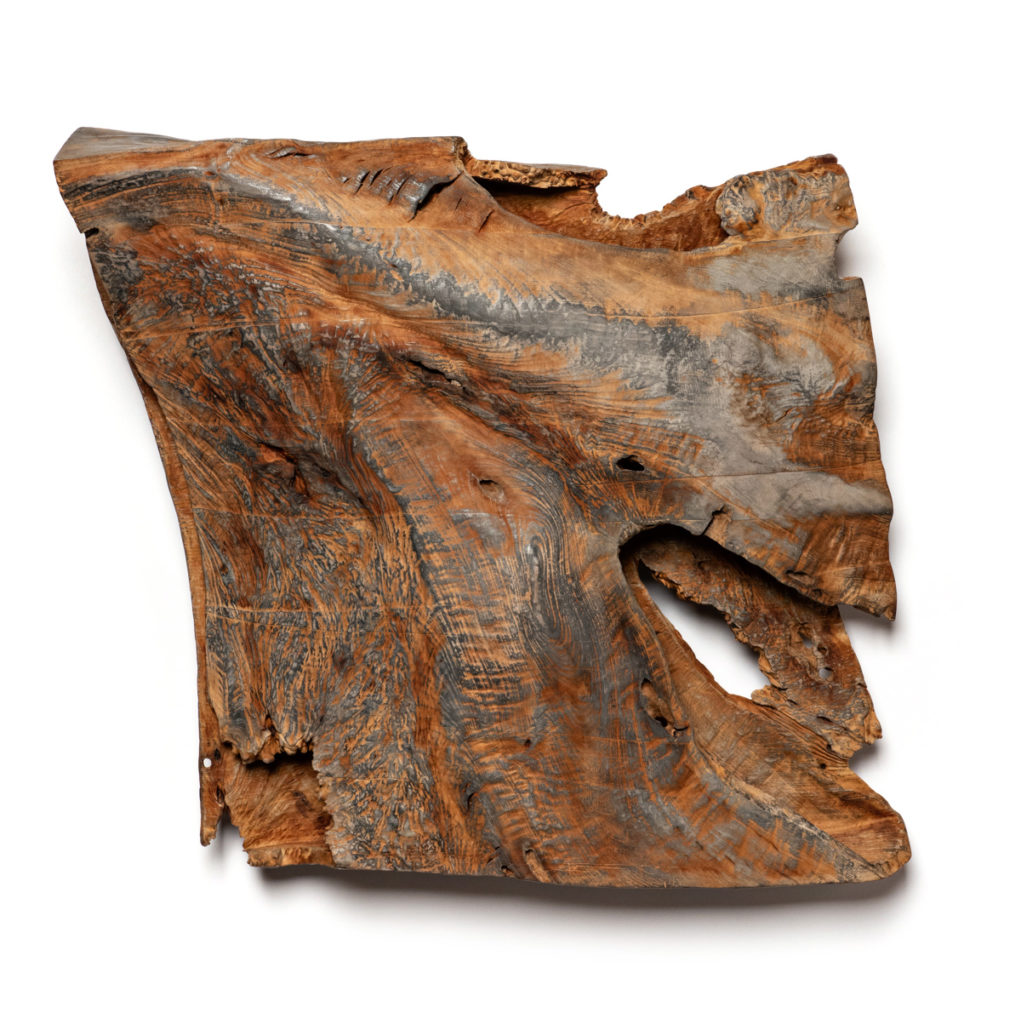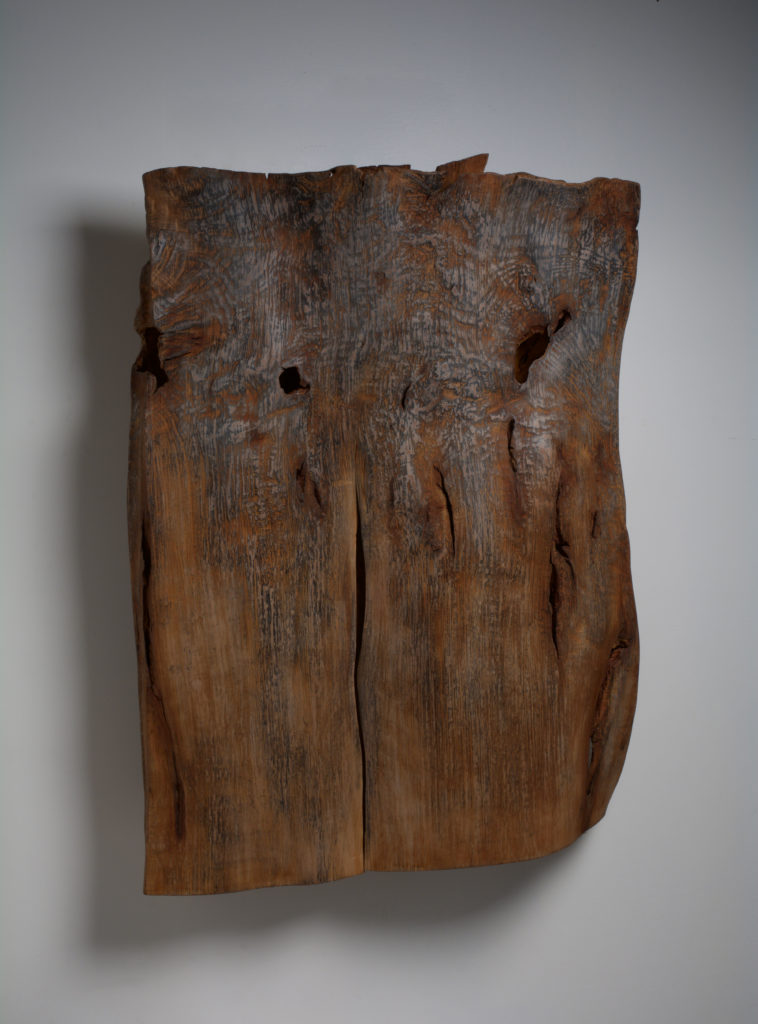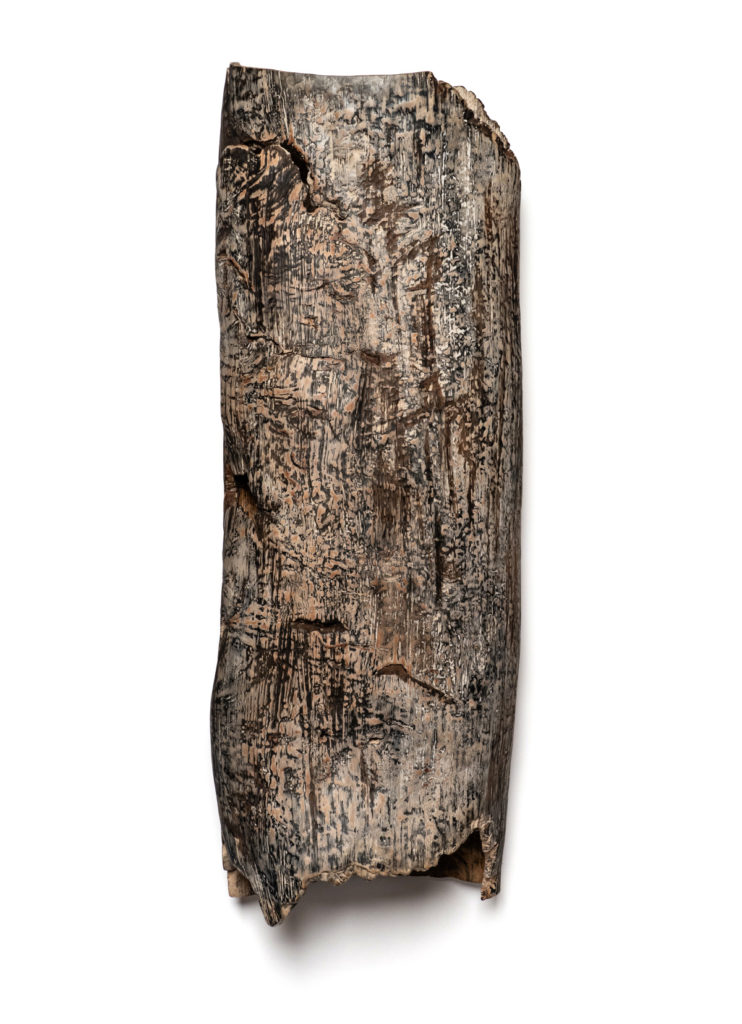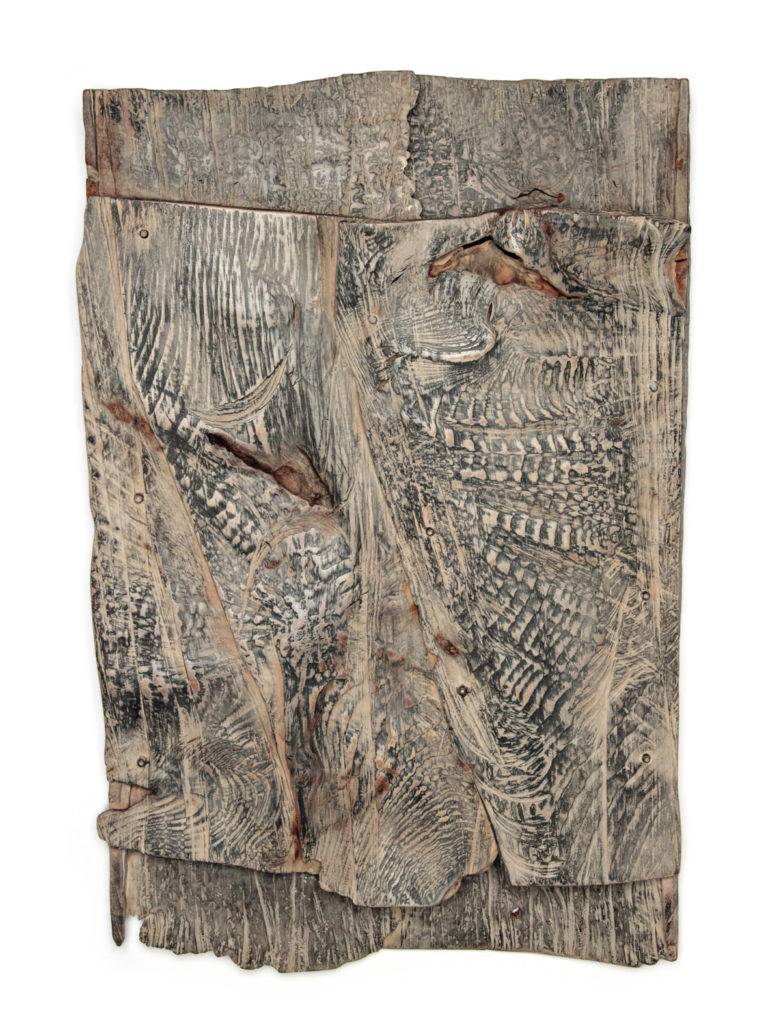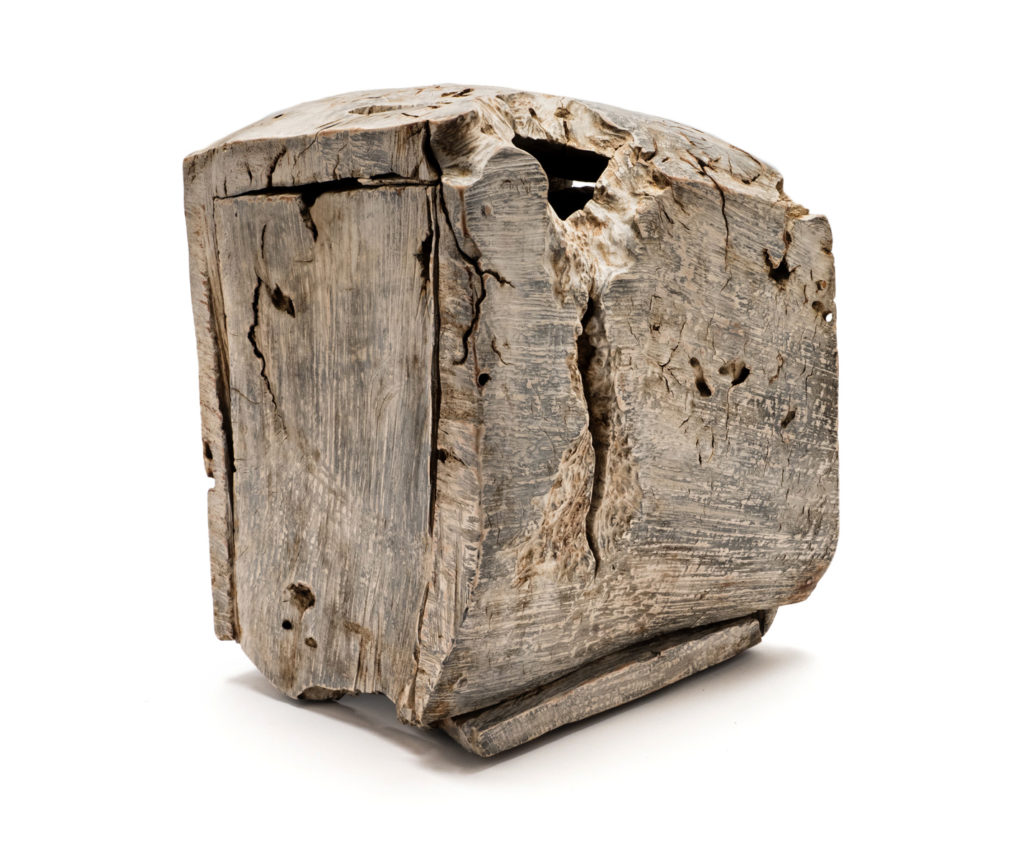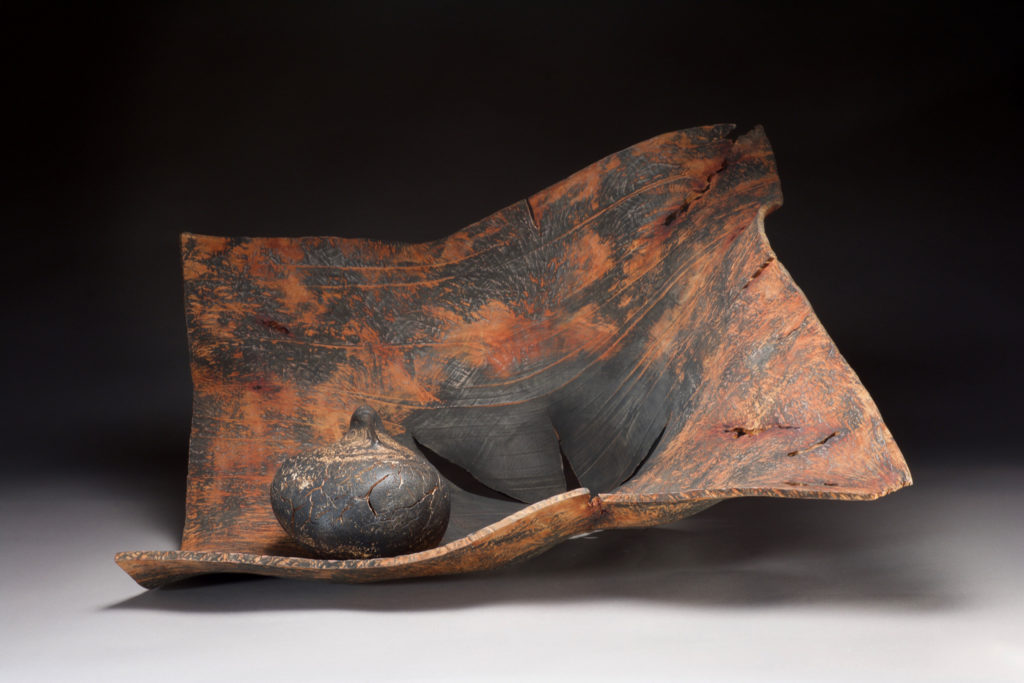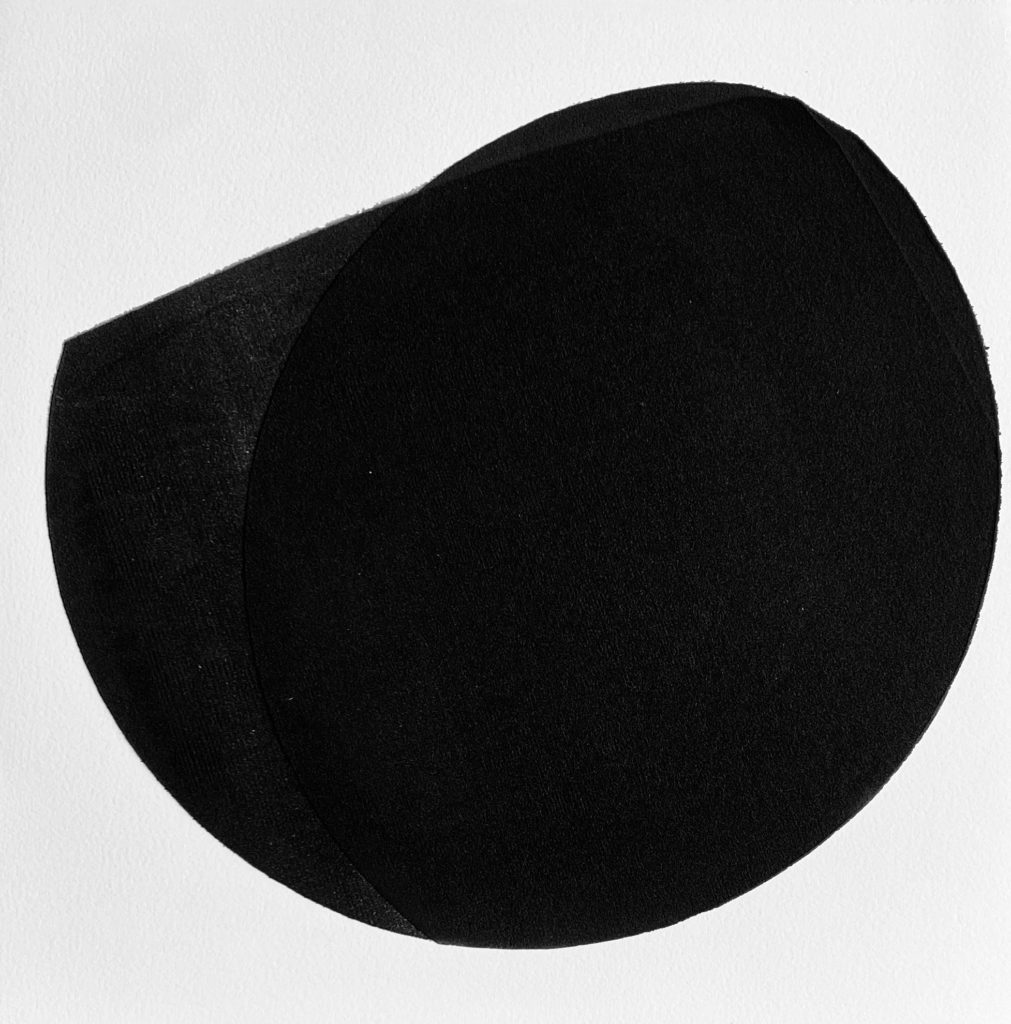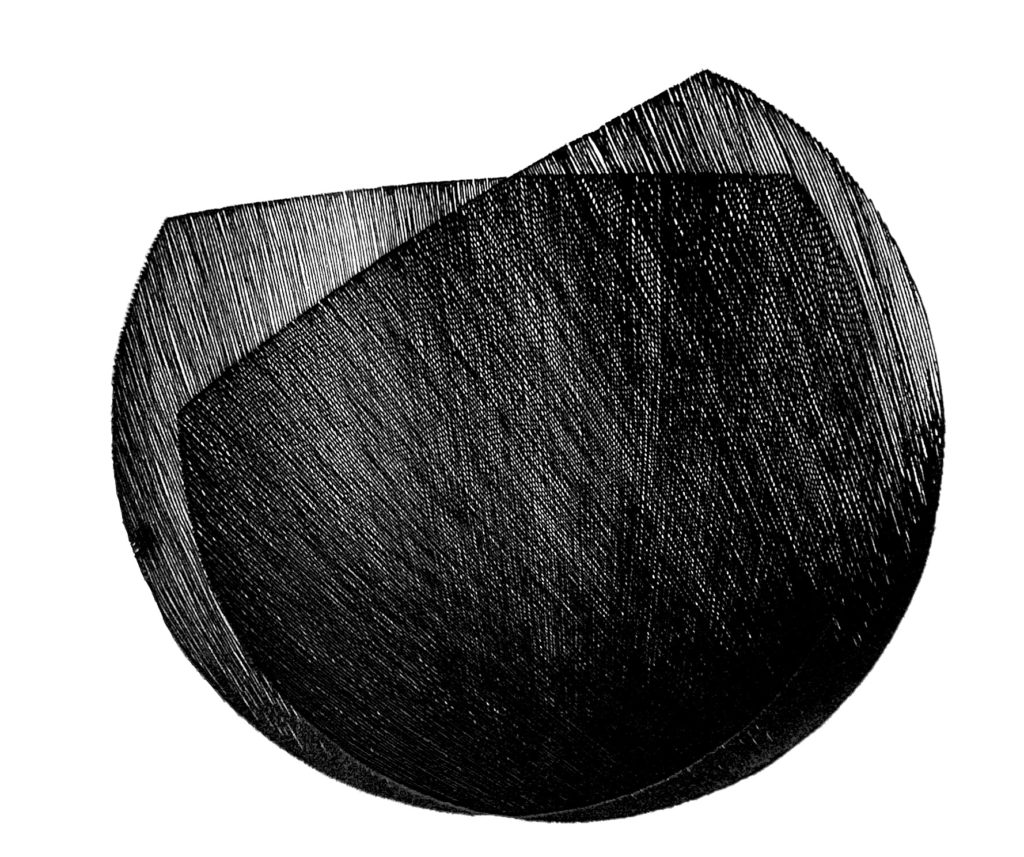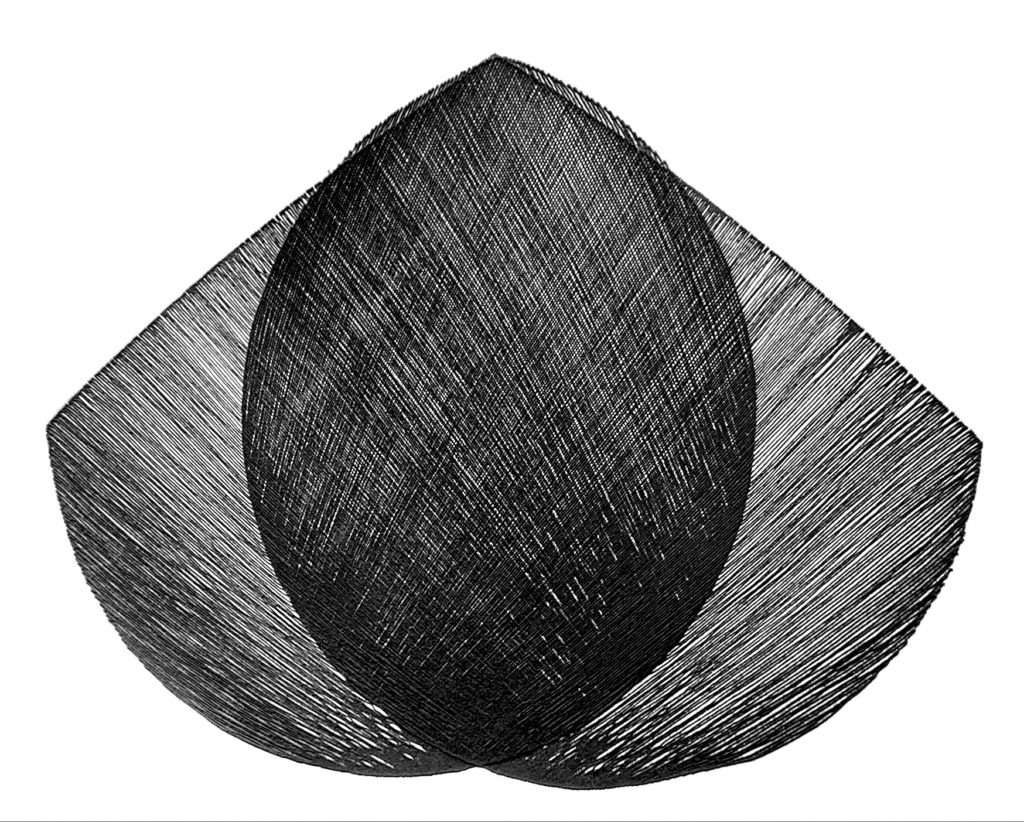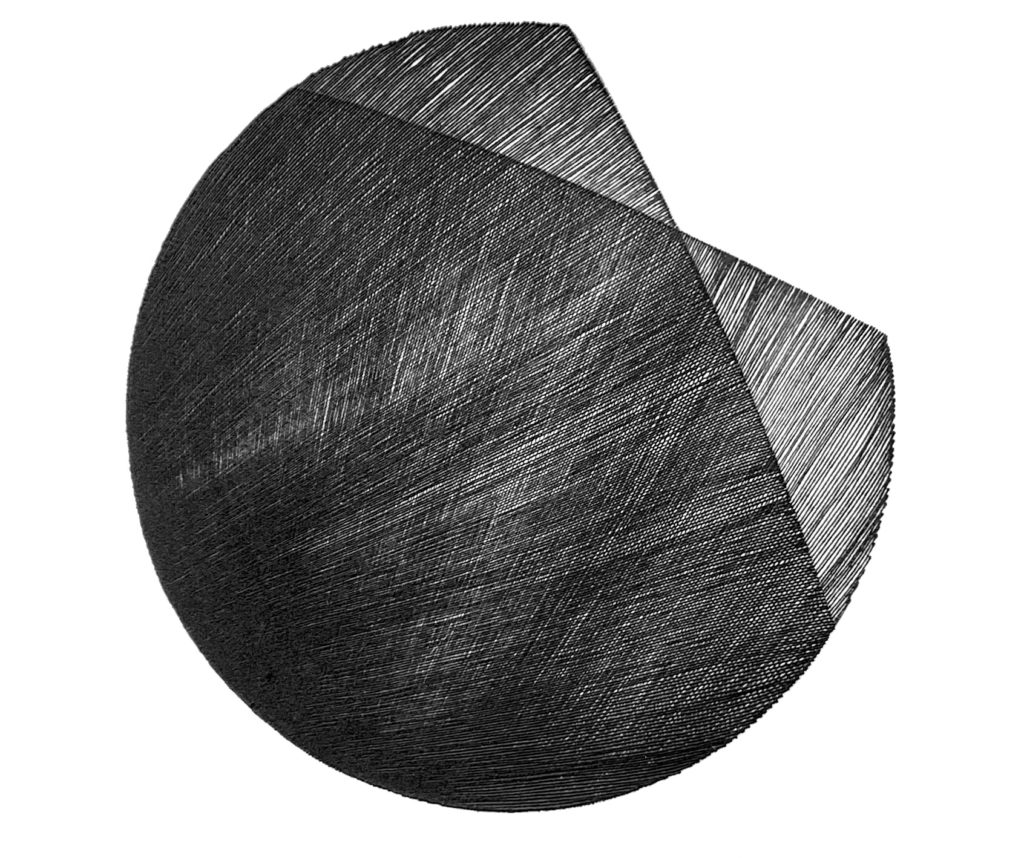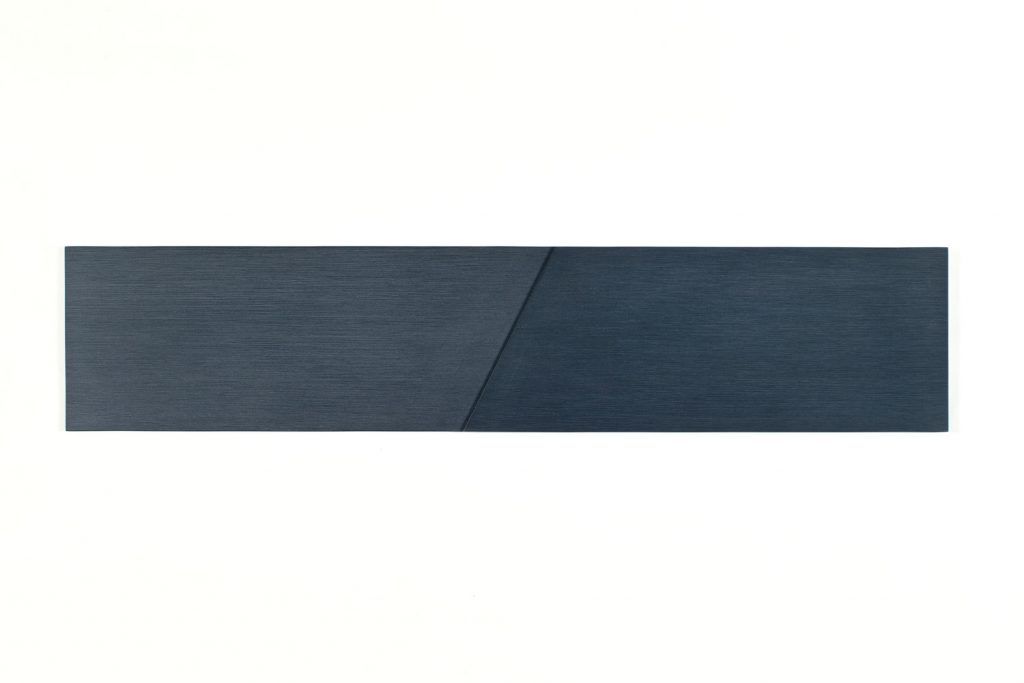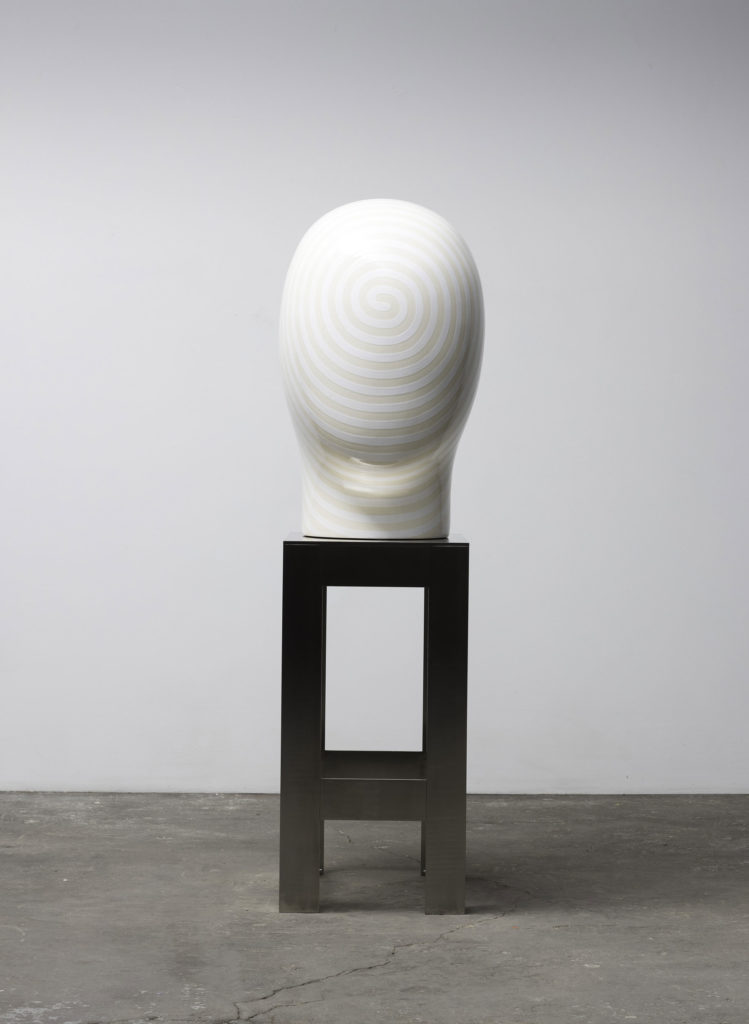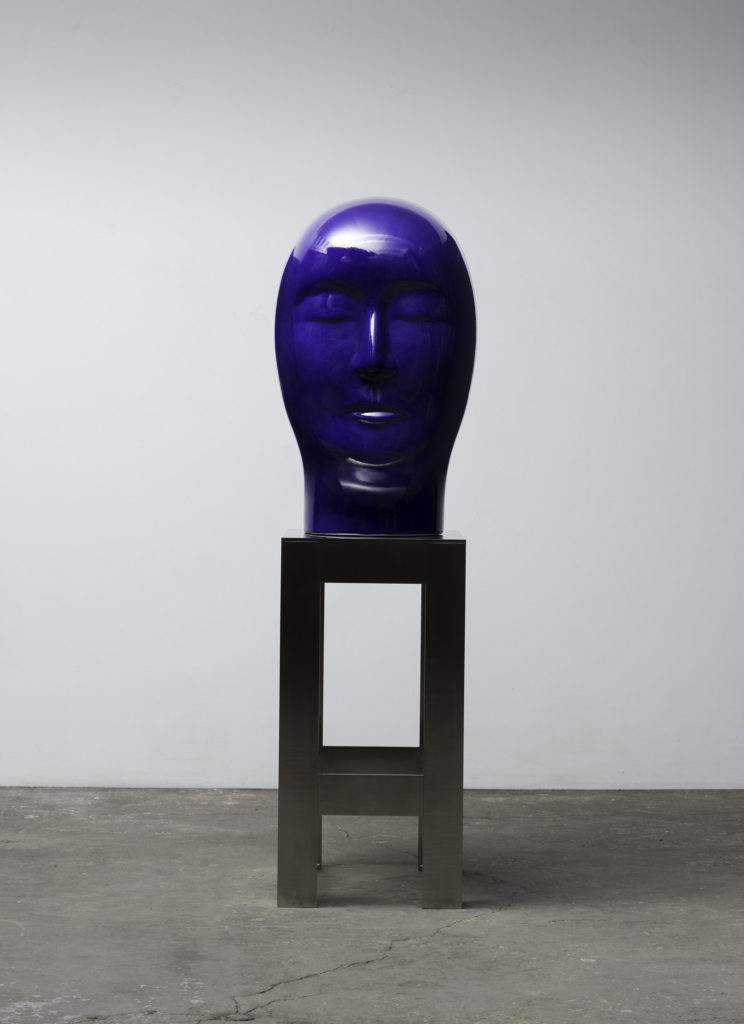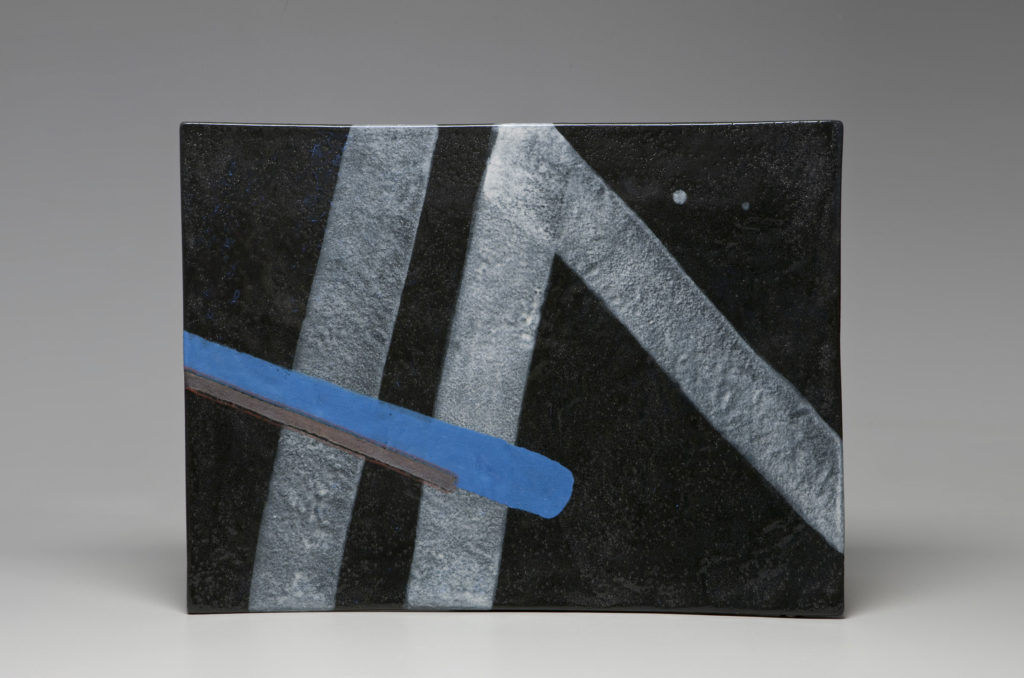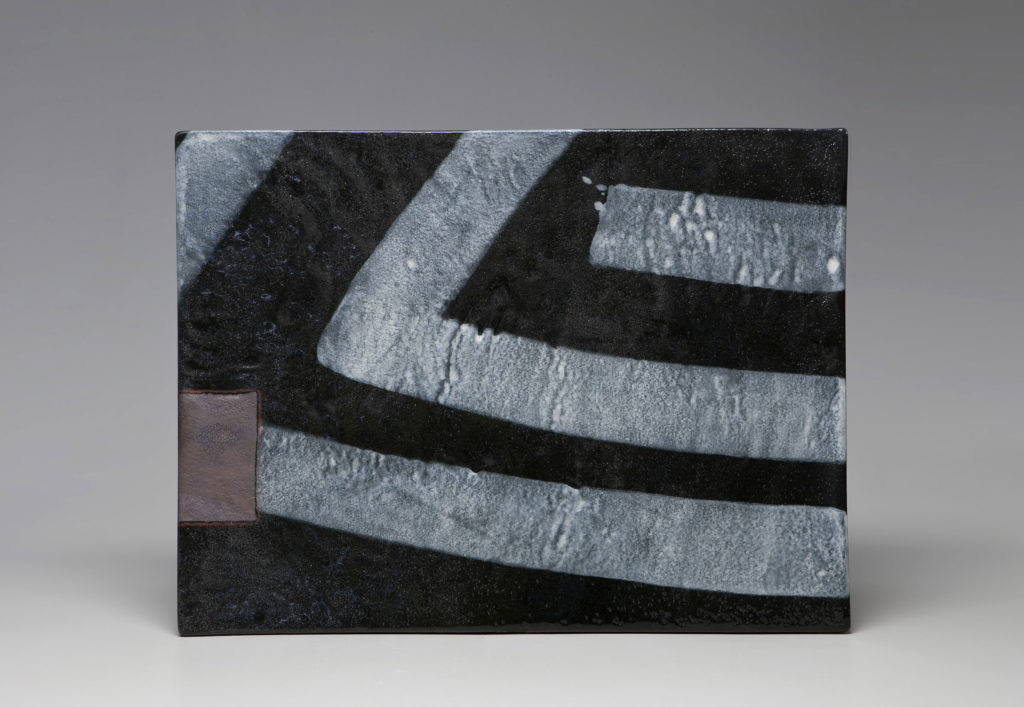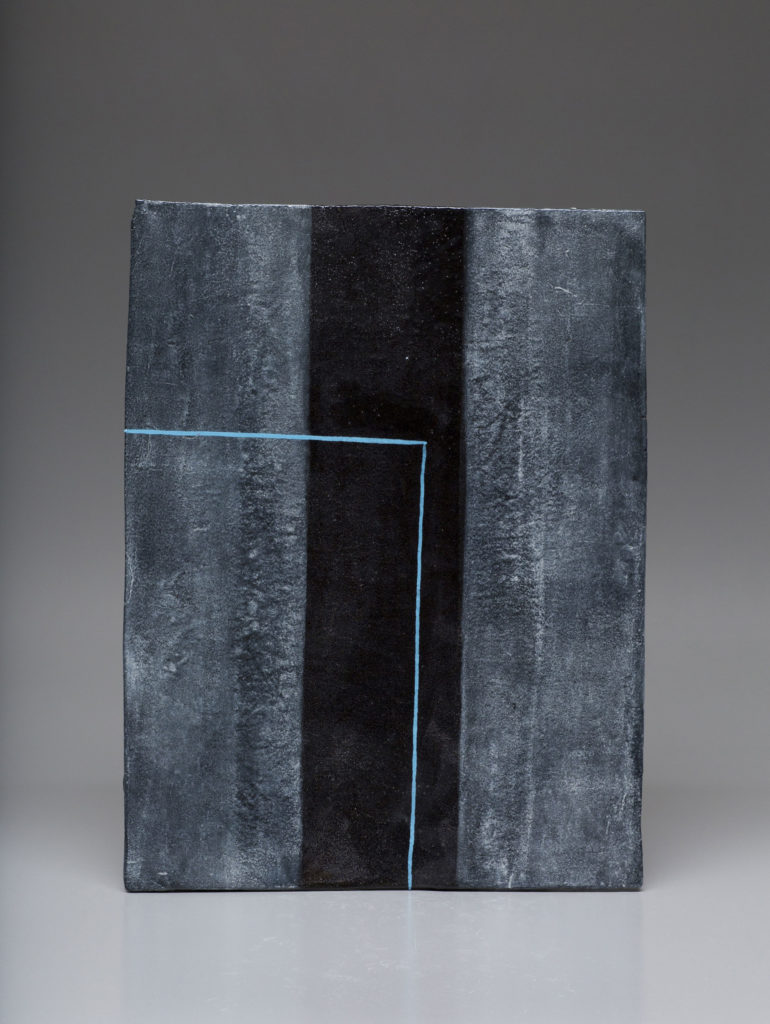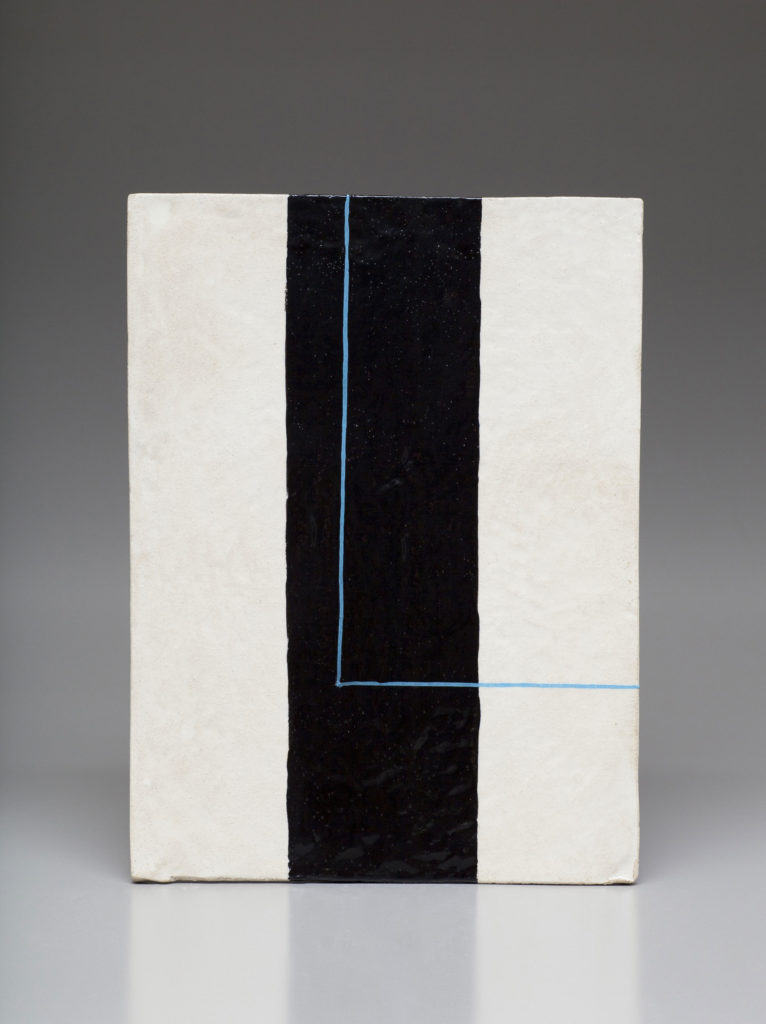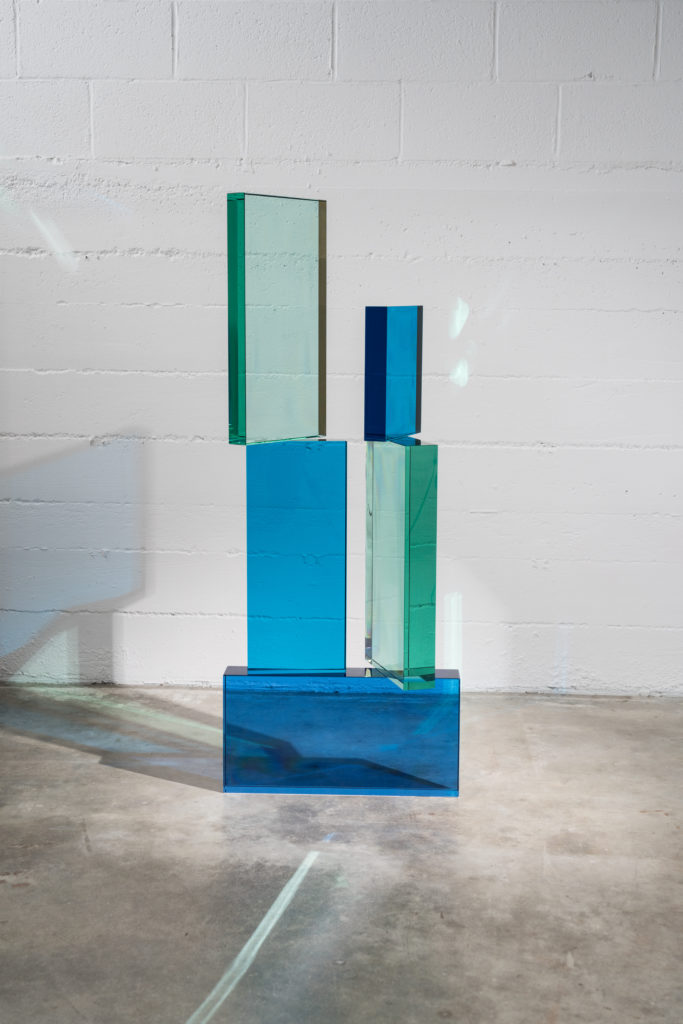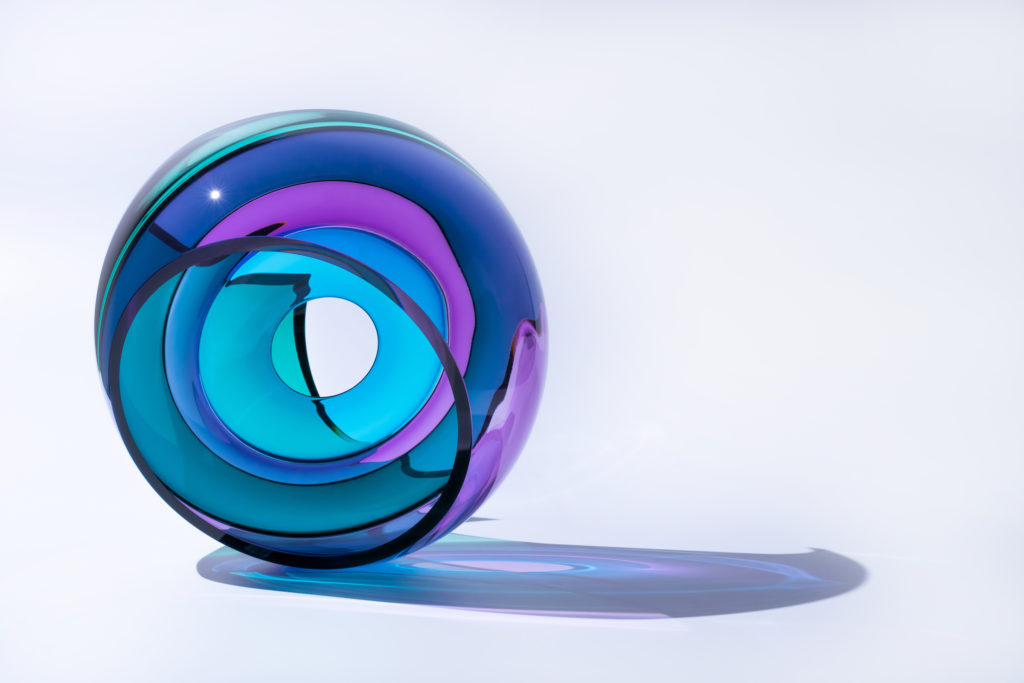Material Mastery
Mel Douglas, Jun Kaneko, John Kiley, and Michael Peterson
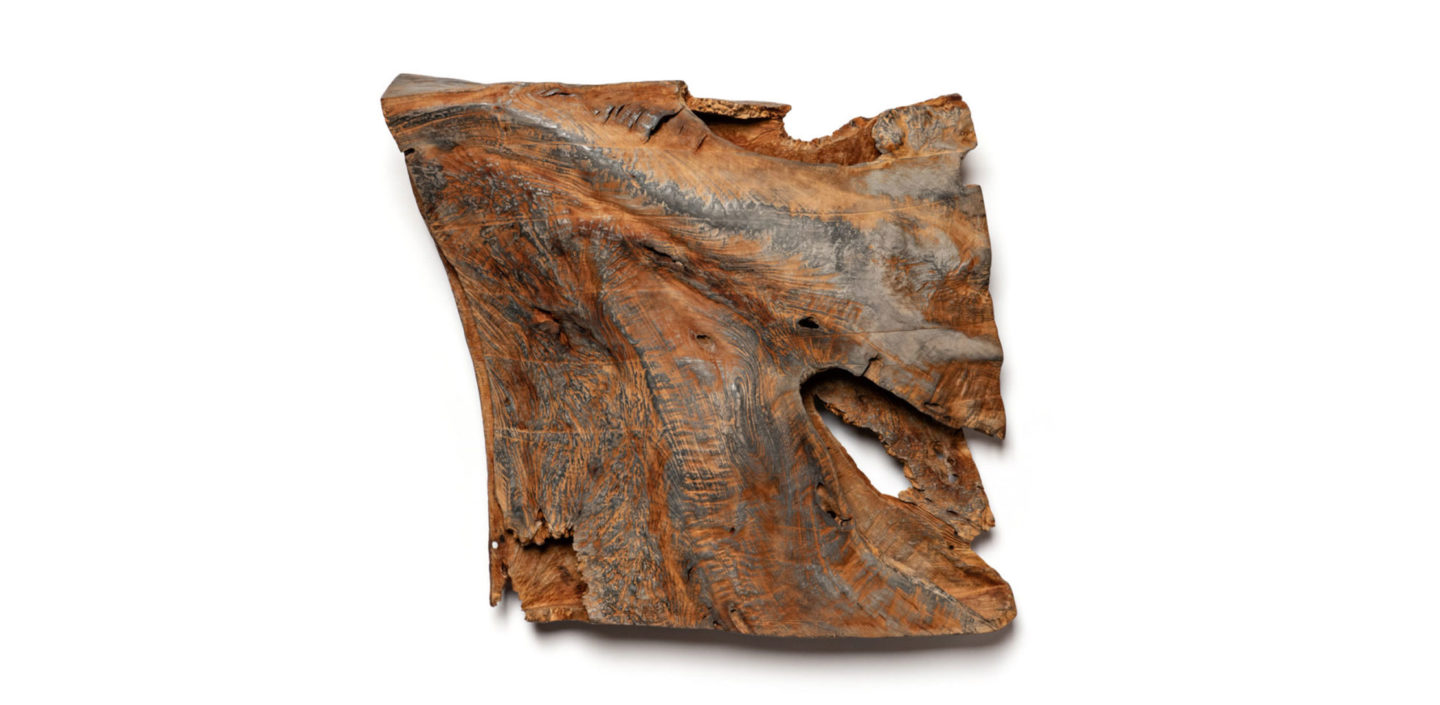
Concurrent with the London show, we will highlight a collection of artworks by the four artists featured at Collect in our Seattle gallery. Our March exhibition, Material Mastery, features exemplary works in glass by Mel Douglas and John Kiley, ceramics by Jun Kaneko, and wood sculptures by Michael Peterson. Each of these four artists exemplifies what it means to possess a mastery of their chosen material, approaching traditional craft mediums in contemporary and nontraditional ways. We are thrilled to provide an opportunity for those who cannot attend the fair in London to discover these artists’ work in the gallery. Prepare to be surprised and delighted.
-
About
John Kiley - view profile
American, b. 1973, Seattle, USA, based in Seattle and San Francisco, USA.
Seattle native John Kiley uses primary geometric forms as the architecture for his glass sculptures. In his spherical forms, juxtaposed colors and carved optic passageways create a separation of space, allowing the viewer to peer into and through the form. Often his sculptures are balanced on edge seeming to defy gravity. His Fractograph series takes a more conceptual approach to the material. Different methods including impact and thermal shock are used to shatter a perfectly polished optic blocks. The sometimes-powerful explosion are filmed in slow motion and exhibited along with the reconstructed blocks.
John’s work has been exhibited at galleries and museums around the world. He has been a visiting instructor at the National College of Art and Design in Dublin, Ireland, The Bezalel Academy of Art And Design in Jerusalem, Israel, The Pittsburgh Glass Center, and Pratt Fine Arts Center in Seattle, WA. He has worked and demonstrated in Finland, Ireland, Mexico, Italy, Japan, Bulgaria, China, Australia, Brazil, and Turkey.
-
Jun Kaneko
- view profile
Jun Kaneko was born in Nagoya, Japan in 1942. He studied painting with Satoshi Ogawa during his adolescence – working in his studio during the day and attending high school in the evening. He came to the United States in 1963 to continue his studies at Chouinard Institute of Art when his introduction to Fred Marer drew him to sculptural ceramics. He proceeded to study with Peter Voulkos, Paul Soldner, and Jerry Rothman in California during the time now defined as The Contemporary Ceramics Movement in America. The following decade, Kaneko taught at some of the nation’s leading art schools, including Scripps College, Rhode Island School of Design and Cranbrook Academy of Art.
Based in Omaha since 1986, Jun Kaneko has worked at several experimental studios including European Ceramic Work Center in The Netherlands, Otsuka Omi Ceramic Company in Japan, Fabric Workshop in Philadelphia PA, Bullseye Glass in Portland OR, Acadia Summer Arts Program in Bar Harbor ME, and Aguacate in Puerto Vallarta, Mexico. Over the course of his career, he has partnered with industrial facilities to realize large-scale, hand-built sculptures. The first was his 1982-1983 Omaha Project at Omaha Brickworks. Later sculptures include his Fremont Project, completed in 1992-1994 in California, and most recently his Pittsburg Project completed in 2004-2007 in Kansas. Both of these later series of sculptures were created at Mission Clay Products. In April 2013, his exhibition Myths, Legends and Truths opened at Millennium Park in Chicago featuring thirteen nine-and-a-half foot tall Dangos and twenty-three of his Tanukis. This new body of work by Kaneko draws upon the myths and legends of the tanuki figure.
His artwork appears in numerous international and national solo and group exhibitions annually and is included in more than seventy museum collections. He has realized over thirty public art commissions in the United States and Japan and is the recipient of national, state and organization fellowships. Kaneko holds honorary doctorates from the University of Nebraska, the Massachusetts College of Art & Design and the Royal College of Art in London.
Kaneko is increasingly drawn to installations that promote civic interaction. He has completed over fifty public art commissions, including his two three hundred and fifty foot long Tile Walls at Aquarium Station in Boston, MA (1993-2000), a 3-story high wall in the Biology Library at The University of Connecticut (1997) and at the the Mashima Sports Arena in Osaka Japan (1994); permanent plaza installations in Council Bluffs and Des Moines, IA (2007 and 2013), at Bartle Hall and Convention Center in Kansas City, KS (2006), and at the International Finance Center in Shanghai, China (2012). In 2014 his fifty-six foot tall Glass Tower, Plaza Design, and Tile Wall will be permanently installed in Lincoln, NE.
Jun Kaneko’s new design for San Francisco Opera’s production of Mozart’s The Magic Flute is currently touring the United States. It opened in San Francisco, Omaha, Kansas City. Its final performance will take place at The Washington National Opera at The John F. Kennedy Center. His production of Puccini’s Madame Butterfly, which premiered at Opera Omaha in March 2006, opened in June 2014 at the San Francisco Opera.
In 1998, he and his wife Ree Kaneko formed a non-profit cultural organization in Omaha Nebraska called KANEKO that explores and encourages the process of creativity. KANEKO is headquartered in landmark, turn-of-the-century warehouses in the Old Market District of Omaha, Nebraska. Jun Kaneko continues his dedication to life as an artist and as a cultural catalyst for the region.
-
Mel Douglas
- view profile
Mel Douglas is one of the most celebrated artists working in glass today. Douglas’s refined and detailed work employs a minimalist aesthetic along with considered mark-making to engage a dialogue of how line and form can define and defy our understanding of space and volume. Douglas’ work explores the potential, versatility, and flexibility of glass as a material for drawing, and with it, expands our view of glass as a sculptural medium.
In Douglas’s words, “objects and drawings are often thought of as two separate entities. my pieces explore and interweave the creative possibilities of this liminal space, where the form is not just a support for drawing; but a three-dimensional drawing itself. Using the unique qualities of the material and the rich potential of mark-making on and with glass, I am using line as a way to inform, define and enable dimensional space”.
Mel Douglas has worked as an independent studio artist since graduating from the Canberra School of Art, Australian National University, in 2000. In 2020 Douglas was awarded a Ph.d. for her practice-lead research investigating how we can understand studio glass through the aesthetics of drawing. In addition to winning the 2020 and 2014 tom Malone Prize- a prestigious award through which a work is acquired each year into the collection of the National Gallery of Western Australia – Douglas has received several major awards, including the Ranamok Glass Prize in 2002 and the International Young Glass Award in 2007 from the Ebeltoft Museum of Glass.
In 2019 her work was the inaugural acquisition for the Australian National Gallery of Art’s Robert and Eugenie Bell Decorative Arts and Design fund. Douglas’ work is held in the private collections and public institutions internationally, including the Corning Museum of Glass, The Chrysler Museum of Art, the Ebeltoft Museum of Glass, and the National Gallery of Australia.
-
Michael Peterson
- view profile
Michael Peterson was born in 1952 in Texas and lives with his wife, Jean, on Lopez Island. Introduced to wood in 1975, Michael’s work continues to explore the potential of process and material. Central to the work is evoking a sense of naturalness, landscape, object and coastal influence. Attending Edmonds Community College in the late 1970s, he was impressed with the importance of practicing his craft. His Landscape Vessel series and Coastal Objects series of the1980s and 1990s served as a foundation for his approach to surface and sense of organic form. In 2003, Michael began a series of stacked sculptures that focused on arrangements of an accumulation of multiple elements and the transformative qualities of unseasoned madrone burl. In 2009, Evolution/Revolution, a traveling solo exhibition curated by Bellevue Arts Museum, represented 20+ years of Michael’s work. His work is found in numerous private and public collections throughout the U.S. and England. In 2014 Michael was the recipient of a Washington State Artist Trust Fellowship Award.
“My work evolves out of the process of making and develops its own logic. There are few absolutes. As a Northwest wood sculptor, my approach to surface and organic form has always been grounded in the natural world and is aimed at evoking a sense of naturalness.”
